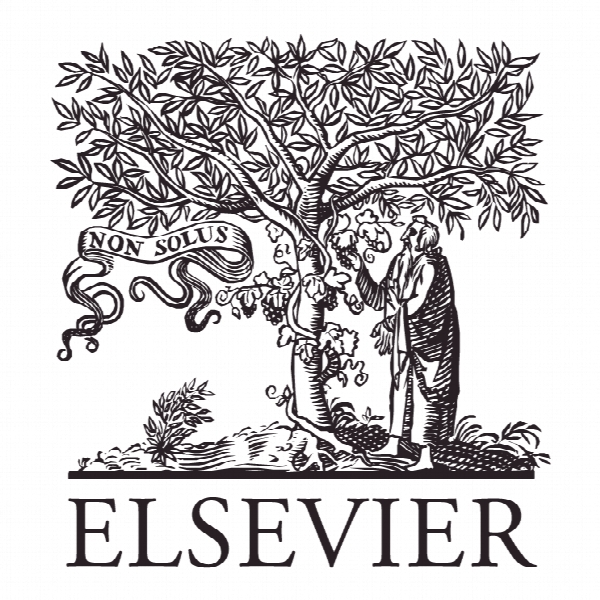رابطه بین عدم تقارن اطلاعات، سیاست تقسیم سود و ساختار مالکیت The relationship among information asymmetry, dividend policy and ownership structure
- نوع فایل : کتاب
- زبان : انگلیسی
- ناشر : Elsevier
- چاپ و سال / کشور: 2017
توضیحات
رشته های مرتبط اقتصاد و مدیریت
گرایش های مرتبط مدیریت مالی و اقتصاد مالی
مجله اسناد تحقیقات مالی – Finance Research Letters
دانشگاه Department of Banking and Finance, Chinese Culture University, Taiwan
نشریه نشریه الزویر
گرایش های مرتبط مدیریت مالی و اقتصاد مالی
مجله اسناد تحقیقات مالی – Finance Research Letters
دانشگاه Department of Banking and Finance, Chinese Culture University, Taiwan
نشریه نشریه الزویر
Description
. Introduction According to the dividend signaling hypothesis, managers who know more inside information about future corporate growth convey that information to external investors through dividend payouts. Hence, signaling hypothesis suggests that there is a positive relation between the information asymmetry and dividend payouts. However, in their examination of US stock markets, Li and Zhao (2008) found a reverse relation between information asymmetry and dividend policy. In other words, when information asymmetry is lower, firms are more likely to pay out dividends, which is inconsistent with the signaling hypothesis inference. For agency problem theory, dividends can be a tool to mitigate the agency problem. Through distributing the free cash flow as dividends, the possibility of expropriation by managers can be reduced. La Porta et al. (1999) indicated that when a country has better institutional investor protection, dividends play a critical role in reducing the agency problem, while dividends are insignificant in countries with a weak investor protection environment. However, the focus in previous studies on information asymmetry and dividend policy mostly has mostly been on developed markets. Emerging markets are more inefficient and information asymmetry is higher. Therefore, the contradictions between information asymmetry and dividend policy require further examination, and Chinese markets are particularly critical. China is the second largest economy in the world but the development of their capital market development and corporate management are significantly different from what has occurred in developed countries. Lin and Su (2008) noted that Chinese markets are less developed and that reliable information is lacking. Therefore, China is a suitable platform from which to validate the relationship between information asymmetry and dividend policy. Eun and Huang (2007) studied the asset pricing mechanism of Chinese stock markets from 1995 to 2004, demonstrating that investors were willing to pay the premium price for firms with dividends. In China, the corporate governance mechanism can be strengthened by cash dividends. In another study, Lee and Xiao (2004) demonstrated that with an increase in corporate dividends, there would be a negative reaction in the markets. They suggested that this was because the controlling shareholders acquired corporate benefits through cash dividends and took advantage of minority shareholders. Chen, Jian and Xu (2009) studied the dividend payouts of Chinese listed firms from 1994 to 2004 and found that the average dividend payout was 19.98%, the lowest payout ratio in the world. However, different firms had extremely different dividend payout ratios with some even reaching a 140% payout ratio. The motivations and incentives to pay out dividends differ between firms, with the controlling shareholder playing an important role in dividend policy. The ownership structure is critical to corporate goals and supervision of managers, and hence influences corporate profitability, dividend payout, capital structure, growth rate and diversification decision-making (Thomsen and Pedersen, 2000). Chen, Jian and Xu (2009) indicated that the dividend yields of the shares held by the controlling shareholder in Chinese listed firms could be up to 50%, while the dividend yields of the shares held by minority shareholders were lower than 2%. They suggested that the dividend payment is a channel for the expropriation of private benefits, and ownership structure is the key determinant of dividend payout. The uniqueness of the ownership structure in Chinese listed firms is that largest controlling shareholders are usually associated with the government. In addition, firms with concentrated ownership may disclose less information, making the problem of information asymmetry between the management and external shareholders more severe (Attig et al., 2006; Chen et al., 2008). In addition, the controlling shareholder can exploit minority shareholders through information asymmetry (Bae et al., 2002; Chang and Shin, 2007). The controlling shareholder not only can easily acquire information, but can also decide when or how to introduce the related information to the capital markets. Thus, in Chinese listed firms, how the unique ownership structure influences information communication and affects the dividend policy are important issues of management. In addition, in 2005, China practiced a series of split share structure reforms which not only affected the ownership structure, but also influenced the information transparency of firms. Therefore, this study aims to examine whether information asymmetry influences the dividend policy of Chinese firms, and whether the ownership structure and China’s split share structure reform have moderating effects on the relationship between information asymmetry and dividend policy.


